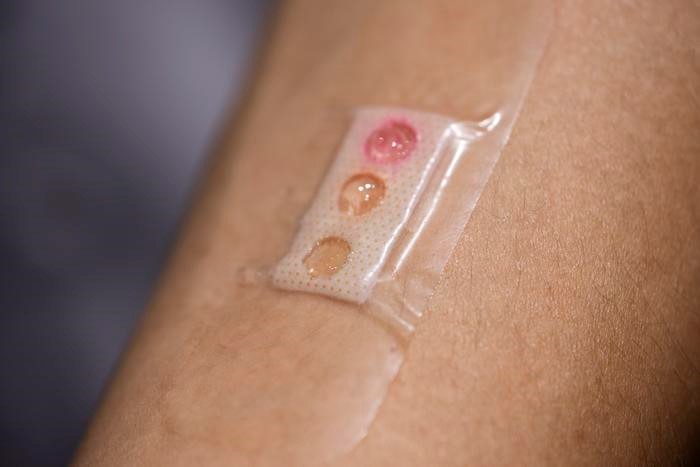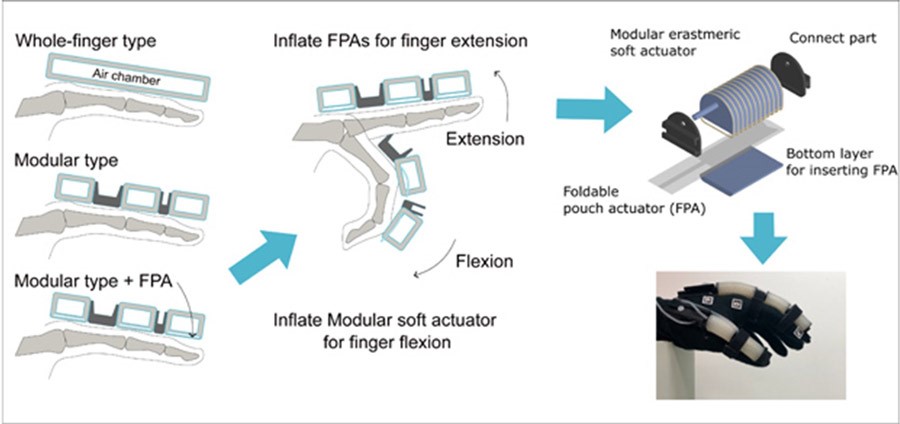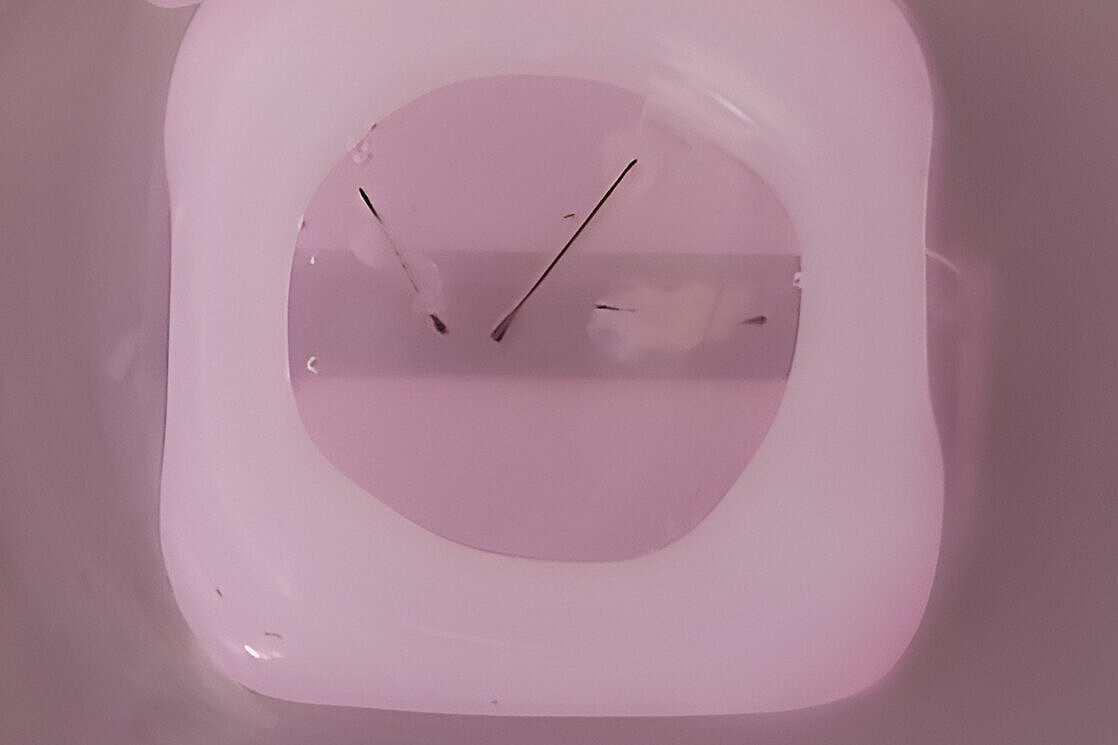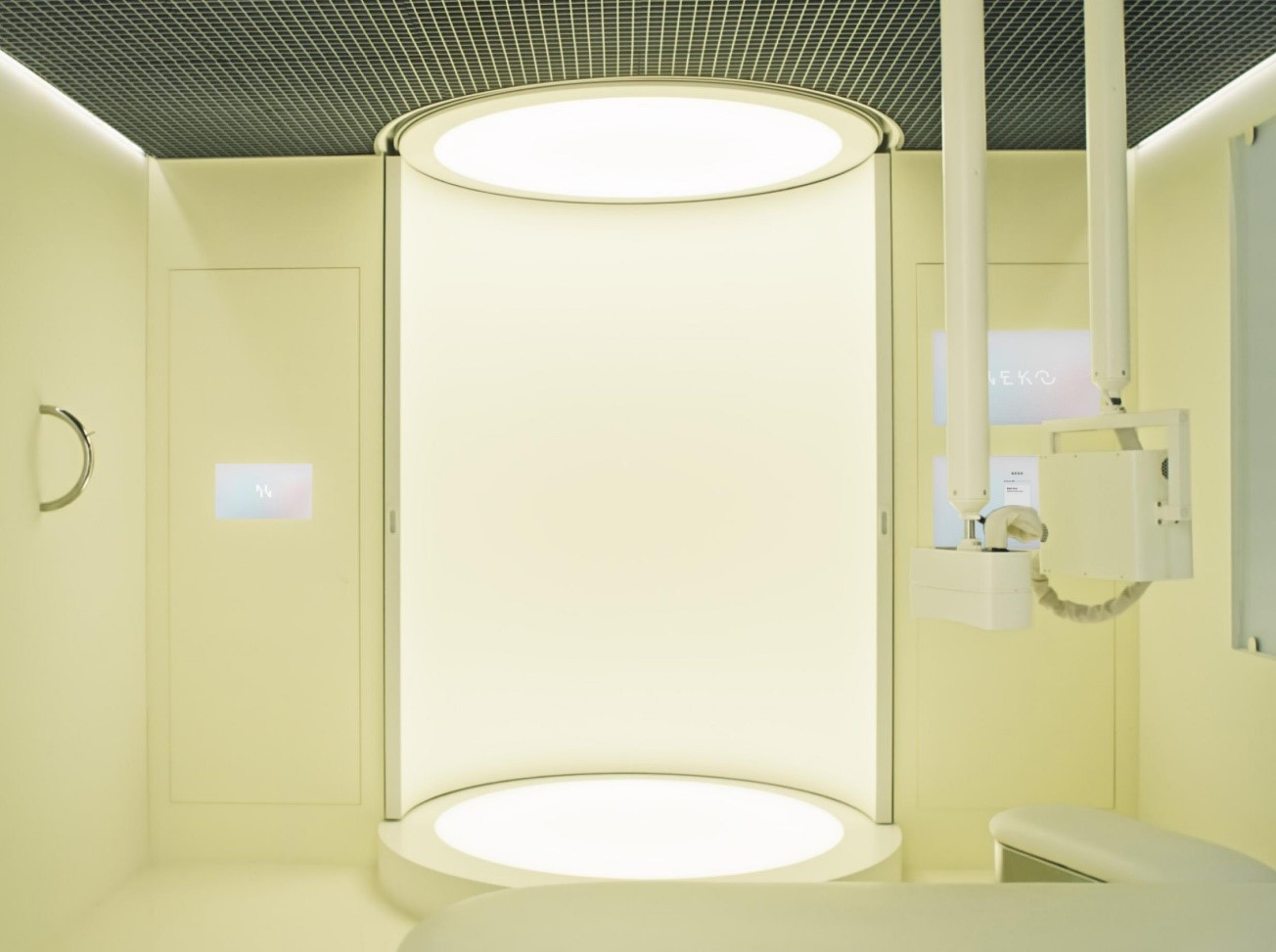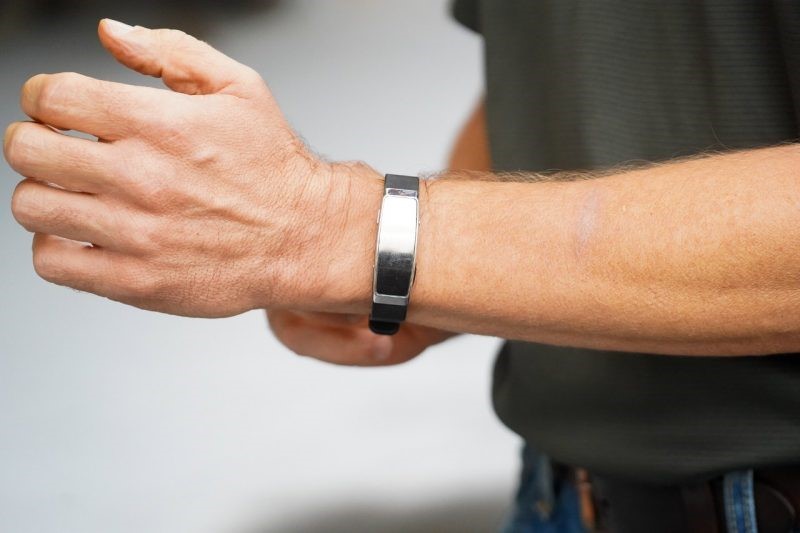Revolutionary Electrotactile Technology Brings True Touch Sensation to Virtual Worlds
A groundbreaking virtual haptic technology that allows all users to experience the same tactile sensation has been developed by a research team led by Professor PARK Jang-Ung from the Institute for Basic Science (IBS) and Professor JUNG Hyun Ho from Severance Hospital. This innovative technology offers consistent tactile feedback on displays, a breakthrough for virtual reality (VR), augmented reality (AR), and other smart devices.
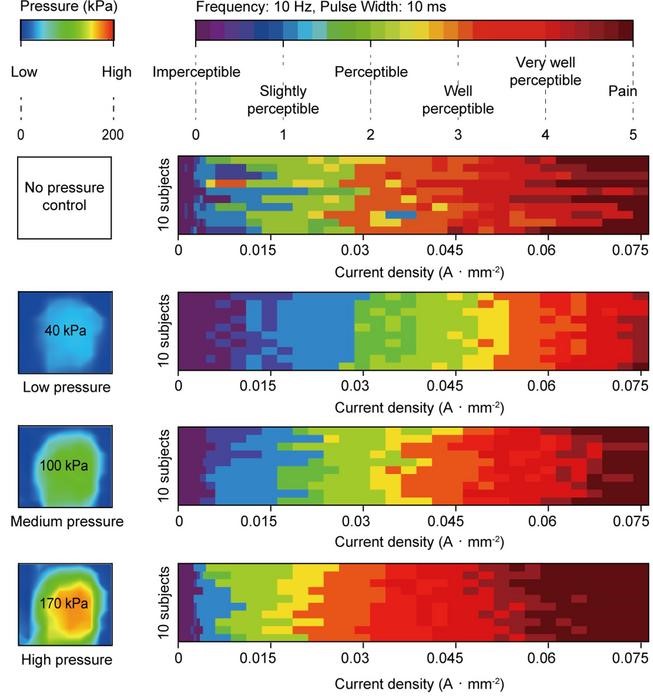
Figure 1. Consistent Tactile Sensation Through Pressure Calibration. (Credit: Institute for Basic Science)
Known as virtual haptic or tactile rendering technology, this advancement enables users to "feel" textures, shapes, and forces in a virtual environment, creating the illusion of physical contact with digital objects. The technology is becoming an essential component in bridging the virtual and real worlds, alongside visual and auditory cues. Figure 1 shows consistent tactile sensation through pressure calibration.
Among emerging tactile rendering technologies, electrotactile systems are leading the way. These systems simulate touch by generating electrical signals that mimic the natural response of mechanoreceptors in the skin, which communicate tactile information to the brain. By adjusting the current density and frequency, electrotactile systems can produce a wide range of tactile experiences.
However, current electrotactile systems face challenges in ensuring safety and consistency. Variations in skin contact pressure can lead to unstable sensations, and high currents pose safety risks. To overcome these issues, the IBS research team developed a Transparent Pressure-Calibratable Interference Electrotactile Actuator (TPIEA) [1], which offers stable and safe tactile feedback.
The TPIEA features an electrode section for generating electrotactile sensations and a pressure sensor that adjusts for variations in finger pressure. Platinum nanoparticles were applied to the electrode, significantly reducing impedance and enhancing transmittance to around 90%. The integrated pressure sensor guarantees uniform tactile feedback, regardless of touch variations.
A Somatosensory Evoked Potential (SEP) [2] test was conducted to measure and standardize tactile sensations. The research team successfully created over nine distinct electrotactile sensations, from textures resembling hair to glass, by varying current density and frequency. These sensations were reliably reproduced on smartphone displays, showcasing the TPIEA's versatility in generating complex tactile patterns.
The team also introduced interference phenomena into electrotactile technology, reducing the required current density by 30% while boosting tactile resolution by 32%. This advancement represents the highest level of tactile resolution achieved in electrotactile systems to date, surpassing even the Teslasuit.
Lead researcher PARK Jang-Ung highlighted the potential of this technology, stating, "Through this electrotactile technology, we can effectively integrate visual information from displays with tactile information." He further emphasized the potential impact on AR, VR, and smart device interactions, enhancing user-device engagement through interference stimulation.
This collaborative research with Yonsei University's Severance Hospital was published in Nature Communications on August 21, 2024.
Source: Institute for Basic Science
References:
- https://www.eurekalert.org/news-releases/1057192
- https://techxplore.com/news/2024-09-virtual-haptic-technology-enables-uniform.html
Cite this article:
Hana M (2024), Revolutionary Electrotactile Technology Brings True Touch Sensation to Virtual Worlds, AnaTechMaz, pp. 283


